It is important to note that data protection is an iterative process, and organizations need to revisit their strategies and policies periodically.
Over the last decade, work from home or remote working has been a growing trend in many organizations, and the recent global crisis has contributed to the expansion of this practice as well. Remote working implies teams being based in different locations and, as such, make it crucial for companies to protect their information. For any technical professional, it is critical to understand the risks that may be associated with such a working environment to effectively secure a remote workforce. In this article, we will be focusing on certain measures that can help you protect your data, no matter where your teams are located.
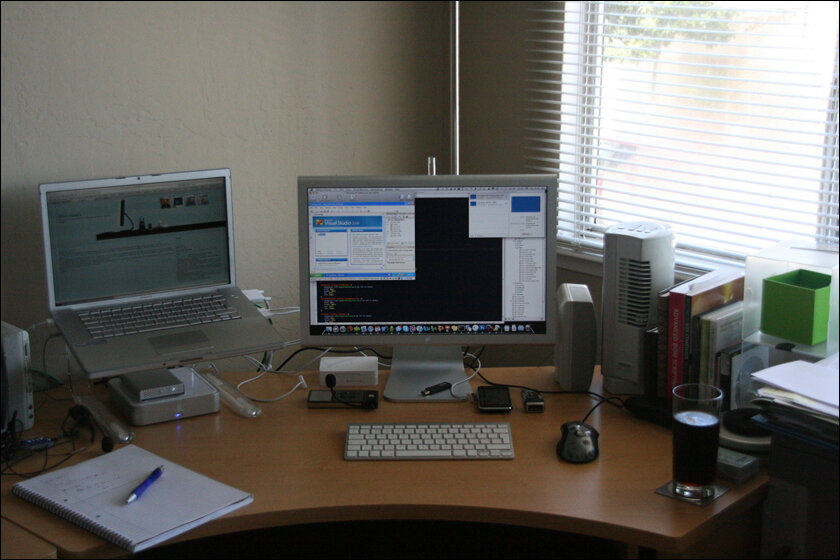
Understanding the Risks
1. Increased vulnerability: Remote workers tend to use personal devices and networks indicating that data in its transmission can be less secure as compared to the workplace environment.
2. Lack of physical security: There are no conventional office setups, and, therefore, an increased risk of software theft or a loss of physical devices on which such data may be stored.
3. Insecure communications: Remote employees might use unreliable communication interfaces, including public Wi-Fi connections, which are insecure for their data.
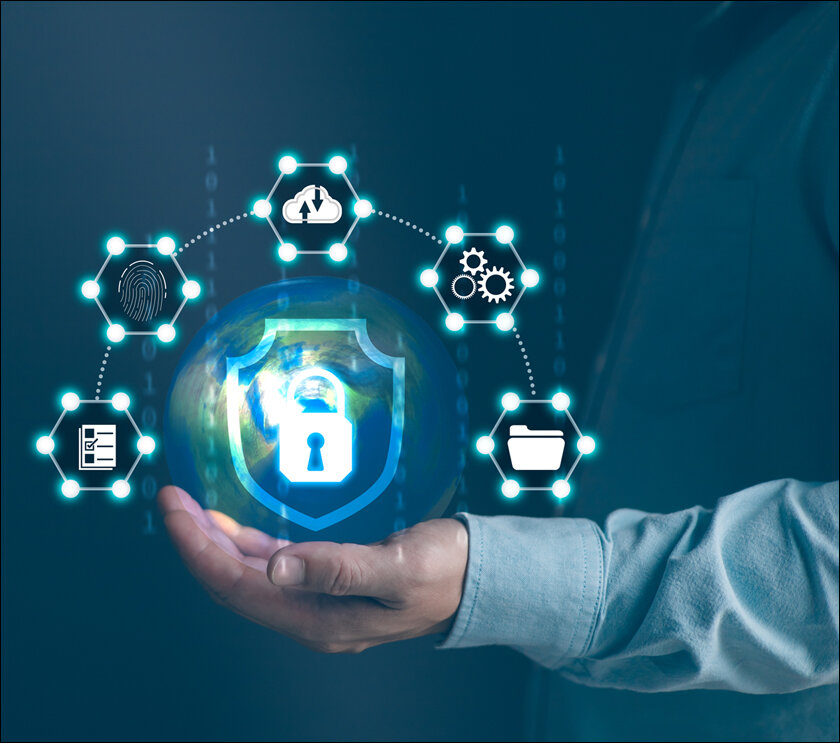
Implementing Data Protection Strategies
1. Establish a robust security policy: It is recommended to build a security policy encompassing all possible best practices for remote employees. The policies should include the general rules related to the security of the devices used, use of passwords, encryption, and guidelines for secure communication. It is also important to explain these policies and train employees on a constant basis.
2. Use secure remote access solutions: Use Virtual Private Networks (VPNs) to ensure remote connections are secured. VPNs safeguard communications between remote devices and servers of the business, protecting systems from intruders.
3. Require multi-factor authentication (MFA): MFA means that before accessing any sensitive data or a particular system, users are expected to enter two or more forms of identification data: a password and, for example, a code delivered to a mobile device.
4. Adopt data encryption: Data encryption is very crucial in preventing the data from being accessed by unauthorized persons. Make sure that all the data both in transit and in storage (or at rest) is encrypted. These include email messages, stored files, and data backup copies.
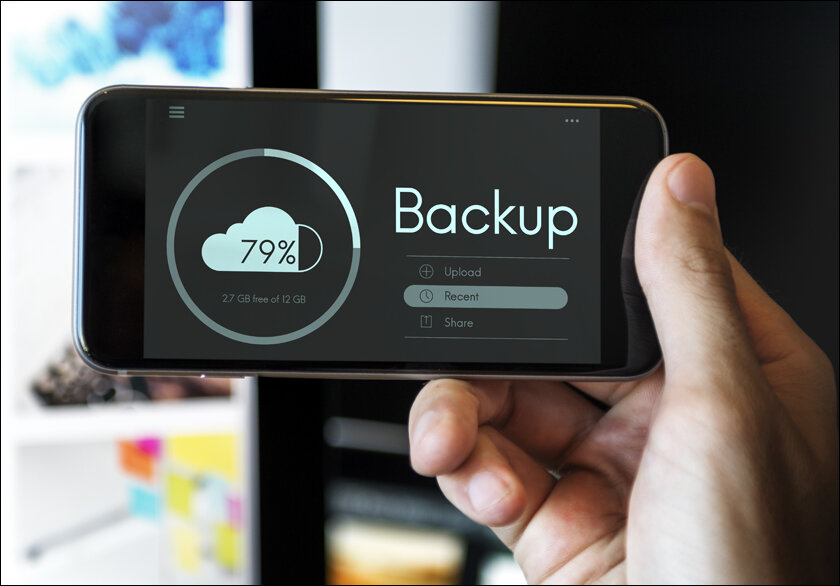
5. Regularly update and patch devices: All the devices such as laptops and mobile devices that remote workers use should be updated with the latest security patches and software. It is also important to often remind the employees to apply the updates to fix various issues that may be prone to vulnerabilities.
6. Backup and disaster recovery: Put in place a proper data backup and disaster recovery strategy to minimize data loss from incidents such as accidents, malware, or system hardware failures. Ensure that the important data is backed up and stored in other locations in a different network and test the restoration process at regular intervals.
7. Secure communication channels: Promote the use of secure communication through the use of applications such as encrypted messaging applications or video conferencing tools with end-to-end encryption. Make sure that remote workers know that one should not connect to public Wi-Fi networks and that they should use VPN when connecting to the internet.
8. Provide cybersecurity training: Educate your remote workers about fundamental cybersecurity risks including phishing, malware, and social engineering tactics. Ensure that the employees are aware of the suspicious activities and reporting of the same; also ensure that there are strong password policies.
9. Monitor and detect anomalies: It is recommended to use control measures and implement cybersecurity measures and monitoring systems to identify any suspicious activities or threats. If there is any security issue, it will be detected at the early stage, thus improving the security of the system.
10. Regularly assess and review security measures: Technology and security systems are constantly changing; so, it is crucial to carry out security assessments and reviews from time to time to assess the vulnerabilities that may exist and to ensure that the strategies for the protection of data are as effective as they need to be.
It is important to note that data protection is an iterative process, and organizations need to revisit their strategies and policies periodically. After the Covid-19 pandemic and the increasing cases of remote work, it is crucial that companies come up with ways of protecting the data for the remote employees. Knowing the threats and applying the right measures, it is possible that companies protect their information and ensure the employees’ faith.
In case you missed:
- Compliance and Data Protection: Navigating Complex Regulatory Landscapes
- Common Data Protection Mistakes Businesses Must Avoid
- Data Classification and Risk Assessment: Foundations for Effective Data Protection
- Securing the Digital Transformation Journey: Cybersecurity Pitfalls to Avoid
- Understanding Data Residency
- Data Management Techniques
- Zero Trust Security
- How to Secure Your DevOps Pipelines?
- All about Ransomware
- Incident Response and Disaster Recovery: Preparing for the Worst-Case Scenario
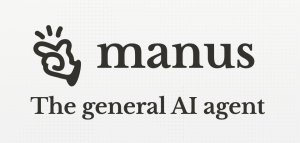


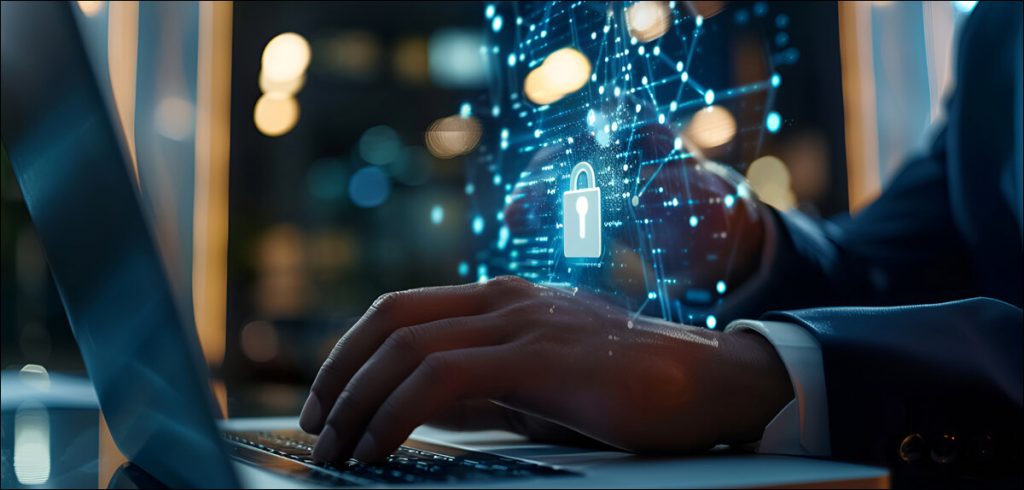
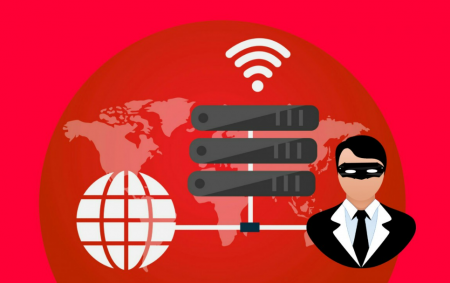
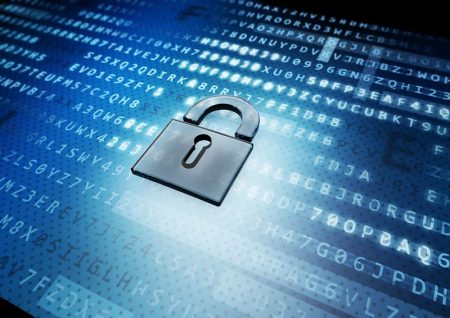


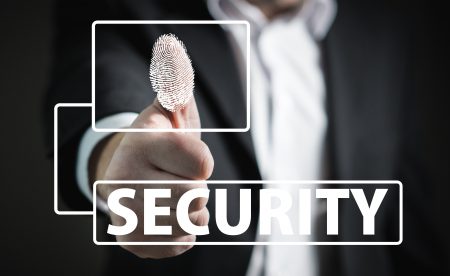

1 Comment
Hi I am looking for a Safeguarding Remote Workforce: Data Protection Measures tool